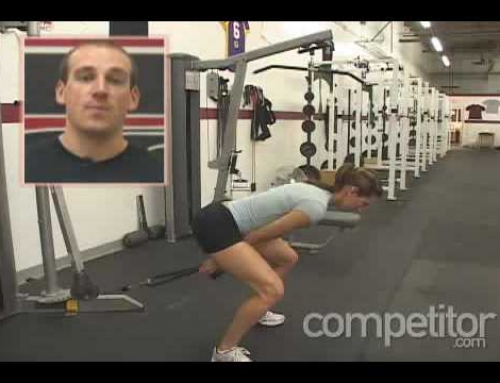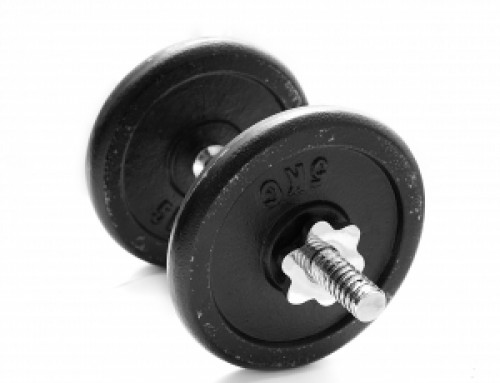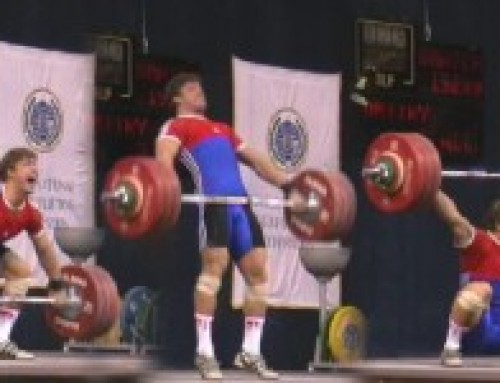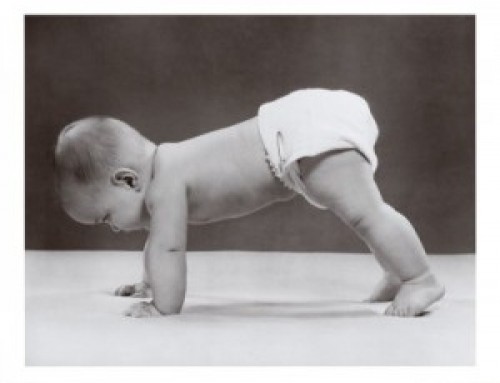 Today we want to begin looking at the specific body types that we defined in last week’s article and address the strengths and weaknesses of each one and how it relates to on court performance. If you’ll recall, we discussed three distinct body types: the ectom0rph, the endomorph, and the mesomorph. As noted, most people may not be clearly segregated in to only one category, but may bear characteristics of several. We can still generalize, and as we discuss how to improve fitness levels of each you’ll have to determine which category fits you best. Since we are addressing each from the perspective of playing tennis and improving athletic attributes toward that end, keep in mind that we need to start with the assumption of a general level of fitness, i.e. decent cardiovascular and muscular conditioning and a relatively low percentage of bodyfat. The average man today carries between 13-17%, while the average woman carries 20-27%. Very low bodyfat levels are 7-10% for men and 14-17% for women.
Today we want to begin looking at the specific body types that we defined in last week’s article and address the strengths and weaknesses of each one and how it relates to on court performance. If you’ll recall, we discussed three distinct body types: the ectom0rph, the endomorph, and the mesomorph. As noted, most people may not be clearly segregated in to only one category, but may bear characteristics of several. We can still generalize, and as we discuss how to improve fitness levels of each you’ll have to determine which category fits you best. Since we are addressing each from the perspective of playing tennis and improving athletic attributes toward that end, keep in mind that we need to start with the assumption of a general level of fitness, i.e. decent cardiovascular and muscular conditioning and a relatively low percentage of bodyfat. The average man today carries between 13-17%, while the average woman carries 20-27%. Very low bodyfat levels are 7-10% for men and 14-17% for women.
The Ectomorph
As you’ll recall, the ectomorph is slim with low muscle mass and bodyfat levels and has a higher percentage of slow-twitch muscle fibers. The disadvantages that the ectomorph faces come from the high demand in tennis for fast changes of direction, quick powerful movements, and the blend of aerobic and anaerobic nature of the game (more on this later). Basically, the mesomorph is suited more to endurance based exercises such as long distance running. The challenge is developing the musculature required and quick cutting ability required to play today’s tennis. In our modern game, we need strong shoulders to be able to move the racquet with stability and quickness through the ball. The shoulder also needs to compensate for the tremendous forces that a serve or huge forehand place on the joint. We need strong legs that are conditioned not only for endurance but for quick changes in direction and explosive movement to the ball.
So how does the ectomorph supplement his program to account for these additional needs? Sprints are great for developing the fast twitch fibers in the legs, and also delve into the anaerobic (oxygen exhausting) realm that we find ourselves in late in matches. Jumping rope is a fantastic way to improve calf strength and footwork. General strength training exercises such as shoulder presses, lunges, deadlifts, bench presses, and leg presses with moderate weight will yield gains in all-important muscle mass that will not only strengthen but also protect the joints.
Aerobic vs. Anaerobic
The ectomorph has a great advantage in that they are naturally geared for endurance exercises. Tennis is one of those sports that involve both aerobic and anaerobic activity. In aerobic activities, the muscles of the body gain energy from oxygen. In anaerobic activity, oxygen levels in the blood are depleted and the muscles have to get their energy from other sources, mainly the chemical nucleotide ATP (adenosine-triphposphate). When we play tennis, we are not only running and sprinting, but also using our legs to generate power, our core to stabilize our upper and lower bodies, and our arms and shoulders to actually hit the ball. That’s a lot of muscle activity! Think about simply running from sideline to sideline ten times; not too tough, eh? Now think about running from sideline to sideline and each time having to squat low, pick up a weight, and throw it across the net. Becomes a lot harder right? In the first example, we are simply running and our our breathing may increase, increasing the flow of oxygen to our blood and muscles. In the second, we are still running, but now the demand on the lungs and muscles is much higher and the oxygen is used up much faster, forcing the muscles to find another source of energy. This is why tennis is both aerobic and anaerobic, and this demands that we train in both realms to achieve top performance on the court.
Hope all that wasn’t too technical, but I wanted to give you an idea of what’s involved in reaching the next level of fitness for you. Next week we’ll discuss the remaining two body types and more about cross-training to achieve better performance on the court!
| Body Fat Percentages Comparison Table | ||
| Fat Level | Men (%) | Women (%) |
| Very Low | 7-10 | 14-17 |
| Low | 10-13 | 17-20 |
| Average | 13-17 | 20-27 |
| High | 17-25 | 27-31 |
| Very High | above 25 | above 31 |







